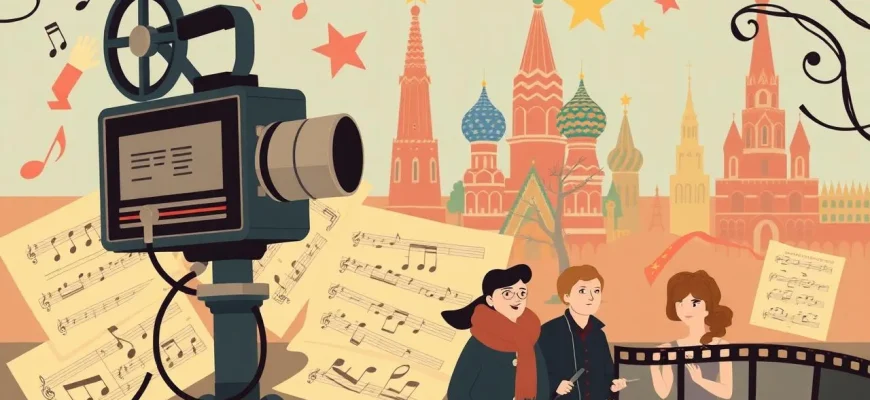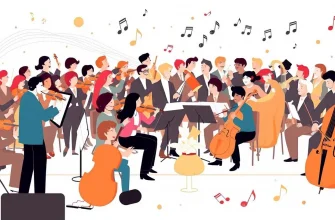Soviet cinema has produced a treasure trove of films that celebrate music and singing, often reflecting the cultural, historical, and emotional landscapes of the era. This collection of ten Soviet films about singing not only showcases the rich musical heritage but also provides a window into the lives and aspirations of people during the Soviet Union. Each film in this list has been chosen for its unique contribution to the genre, offering viewers a blend of nostalgia, drama, and the universal language of song.
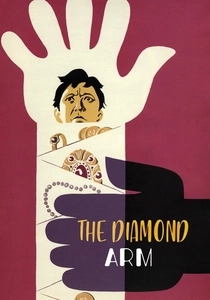
The Diamond Arm (1969)
Description: While primarily a comedy, this film features several musical numbers, including the famous "Island of Bad Luck" song, which has become a cultural phenomenon in Russia.
Fact: The song "Island of Bad Luck" was so popular that it was often played at Soviet weddings.
 Watch Now
Watch Now 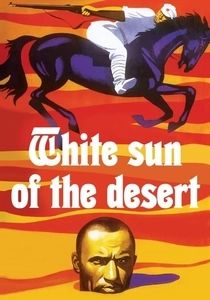
The White Sun of the Desert (1970)
Description: Although an action-adventure, it includes memorable songs that have become iconic, reflecting the spirit of the Soviet era's cinematic storytelling.
Fact: The song "Your Honor, Lady Luck" from the film became a Soviet hit.
 Watch Now
Watch Now 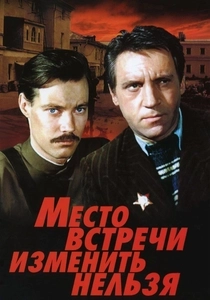
The Meeting Place Cannot Be Changed (1979)
Description: This crime drama series includes scenes where characters sing, providing a lighter contrast to the intense plot, showcasing the cultural backdrop of the time.
Fact: The series was so popular that it led to a revival of interest in Soviet-era detective stories and music.
 30 Days Free
30 Days Free 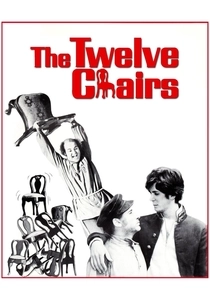
The Twelve Chairs (1971)
Description: This satirical comedy includes scenes where characters sing and perform, reflecting the absurdity and humor of the Soviet era through musical interludes.
Fact: The film was based on a novel by Ilf and Petrov, which was also adapted into a Broadway musical.
 30 Days Free
30 Days Free 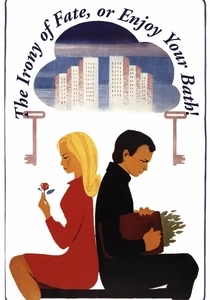
The Irony of Fate (1975)
Description: Although primarily a romantic comedy, this film includes memorable scenes of singing, particularly during the New Year's Eve party, which adds to the film's charm and cultural significance.
Fact: The film is traditionally shown on Russian TV every New Year's Eve, making it a beloved holiday tradition.
 30 Days Free
30 Days Free 
Carnival Night (1956)
Description: This classic Soviet comedy revolves around a New Year's Eve party where music and singing play a central role in the plot, showcasing the festive spirit and the power of song to unite people.
Fact: The film was a major hit and became a symbol of Soviet New Year's celebrations. It was also one of the first Soviet films to be widely distributed abroad.
 30 Days Free
30 Days Free 
The Girls (1961)
Description: A musical comedy about a group of friends who work at a textile factory, where singing and dancing are integral to their daily lives, showcasing the joy and camaraderie of Soviet youth.
Fact: The film was one of the first Soviet musicals to gain international recognition.
 30 Days Free
30 Days Free 
The Musicians (1969)
Description: A film about a group of musicians who travel through the Soviet Union, showcasing various musical talents and the role of music in everyday life.
Fact: The film was inspired by the real-life experiences of Soviet musicians during the 1960s.
 30 Days Free
30 Days Free 
The Gypsy (1979)
Description: This drama features a rich tapestry of Romani music and singing, exploring themes of love, freedom, and cultural identity through song.
Fact: The film was praised for its authentic portrayal of Romani culture and music.
 30 Days Free
30 Days Free 
The Hussar Ballad (1962)
Description: A musical comedy about a young woman who disguises herself as a man to join the Hussars, featuring songs that highlight the comedic and romantic elements of the story.
Fact: The film was one of the first Soviet films to feature a strong female lead in a traditionally male role.
 30 Days Free
30 Days Free 
